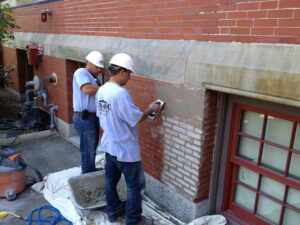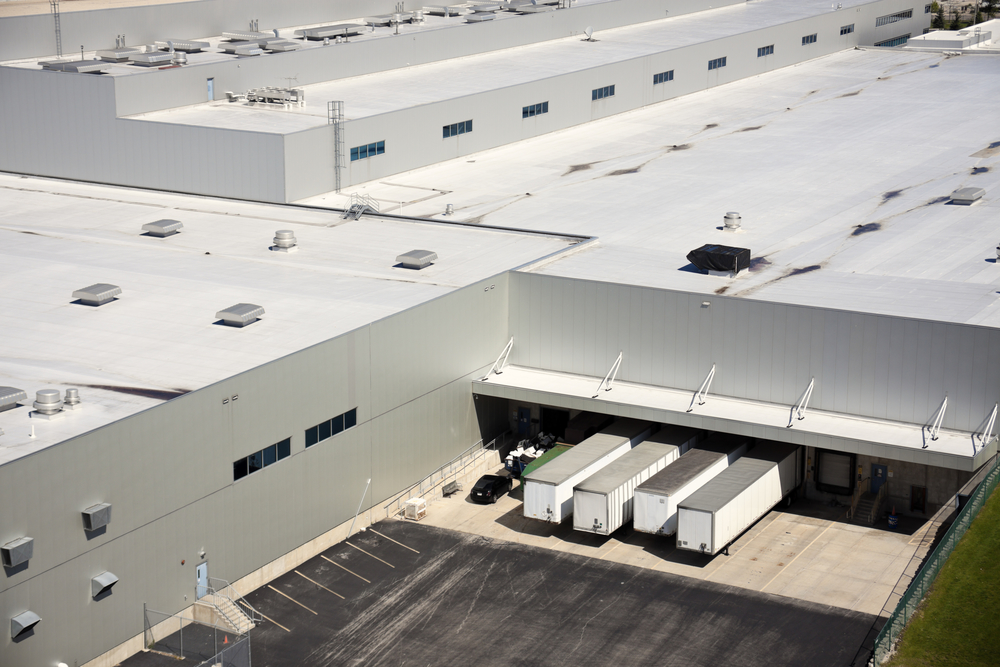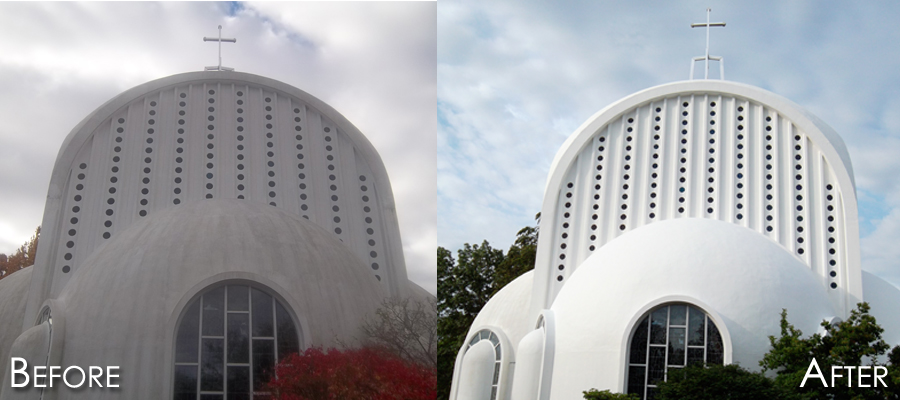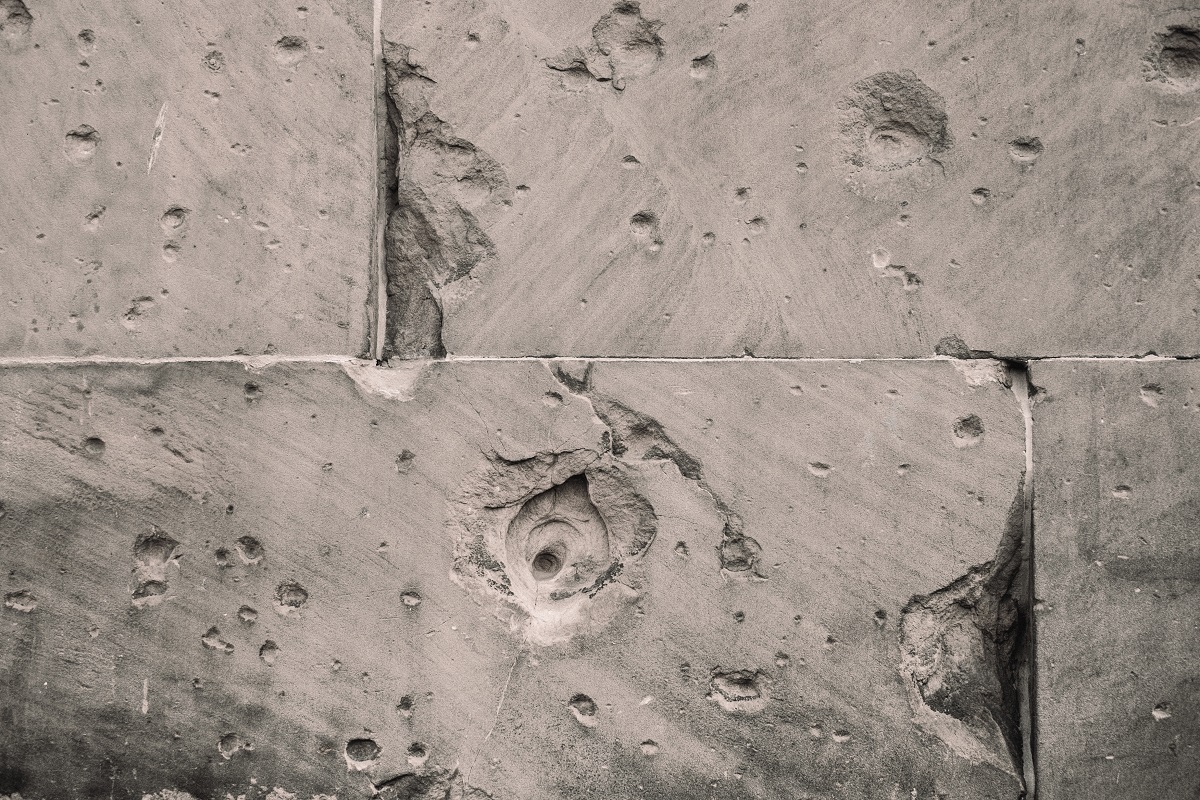
The beautiful brick masonry that you see in the older buildings throughout New England was designed to withstand the test of time. If properly constructed and protected from the elements, these bricks can retain their integrity for hundreds of years. Water seepage in between the cracks of brick facades and structures is the greatest single threat to their longevity. The mortar placed into these spaces not only serves to hold adjoining bricks together, but to also act as a barrier to water. Unfortunately, mortar does not enjoy a life span anywhere near that of the bricks that it surrounds.
What is Repointing?
The susceptibility to wear is what makes incorporating commercial building repointing such an important step in any structural restoration. What is repointing? Simply put, it’s replacing the current material in your mortar joints with new products. Its purpose is two-fold: to ensure the continued integrity of a brick façade by replacing that mortar which has degraded from water seepage, and to restore the original aesthetic appearance to classic masonry work.
Spotting the Signs of Mortar Deterioration
Knowing when you need to have commercial building repointing work done is one of the main keys to maintaining the classical appearance of your structure. Thus, you should look for the following visual clues that point to a need for restoration:
- Visible cracks and/or spaces between the brick and the mortar
- Hairline cracks in the mortar itself
- Apparent crumbling or erosion within the mortar
If dirt or other debris has obscured your view of the mortar joints in certain sections, a pressure washing on a light setting may be needed to clean the façade. If no visible signs of wear are present yet you know the mortar to be over 20-25 years old, you may still want to lightly scrape a knife or other metal tool along certain mortar joints. If it easily crumbles away, it likely needs to be repointed.
Trust the Experts
Cutting away old brick to replace the mortar may seem simple enough, yet there are a number of factors that go into successful repointing. Understanding exact load capacities is vital to determining the compressive strength of the mortar to be used in your restoration. Incorrect measurements can lead to premature brick and mortar deterioration. Other factors such as knowing the correct depth at which mortar must be cut and replaced as well as matching the consistency of the original mortar in surrounding joints must also be considered. All of these factors point to the need to rely on professionals to handle your commercial building repointing.
Given the importance that mortar serves in not only protecting brick buildings from the harshest aspects of weather, but also in rejuvenating the appearance of an entire structure, commercial building repointing should be one of the first tasks you consider when planning your next restoration project. Let professionals like the team at Atlantic Restoration breathe new life in your aging building.
Contact Us
continue reading
Related Posts
Maintaining a reliable, sturdy roof and scheduling any necessary roof […]
When you are in the property management business, it is […]



